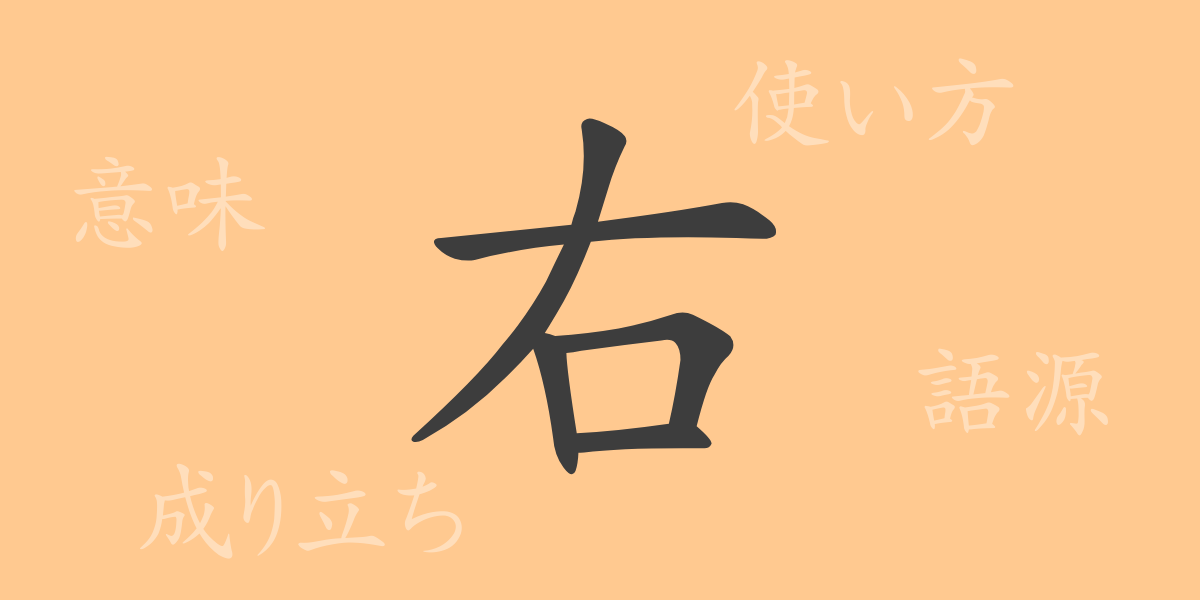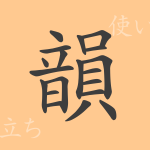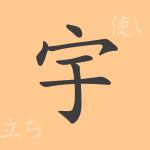“
In the Japanese language, each kanji character we commonly use has its own unique history and meaning. The character “”右”” ( u,yuu,migi) is no exception. As a widely used character in Japanese, “”右”” can be seen in various contexts, from the basic concept of indicating direction to cultural values. In this article, we will explore the origin of “”右,”” its meaning, usage, reading, and compound words and idioms containing “”右.””
The Origin of 右 ( u,yuu,migi)
“”右”” is a kanji character that originated from ancient China, and its shape symbolizes a hand holding an object. In the past, it was written as “”又,”” representing the right hand supporting an object. Over time, this “”又”” evolved into the current form of “”右.”” This kanji literally means “”right hand”” or “”right side”” and is also considered an auspicious direction in ancient Chinese philosophy.
The Meaning and Usage of 右 (u,yuu,migi)
The primary meaning of “”右”” is the direction opposite to the left. Specifically, it is used to indicate directions or to express the order of things. In political contexts, it can also be used to imply “”conservative”” or “”authoritarian.”” Furthermore, from a cultural perspective, “”右”” often symbolizes “”correct”” or “”good,”” and the fact that the majority of people in Japan are right-handed also reflects this cultural value.
Reading, Stroke Count, and Radical of 右 ( u,yuu,migi)
“”右”” has a relatively simple structure among Japanese kanji and is one of the easiest characters to remember.
- Reading: The on’yomi (Chinese reading) is “”U”” or “”Yuu”” , and the kun’yomi (Japanese reading) is “”みぎ”” (migi).
- Stroke Count: 5 strokes
- Radical: 口部 ( kuchihen), meaning “”mouth””
Compound Words, Idioms, and Proverbs Using 右 ( u,yuu,migi) and Their Meanings
There are numerous compound words, idioms, and proverbs containing “”右”” in Japanese. For example, “”右往左往”” (uousaou) describes the state of moving around in confusion, while “”右顧左眄”” ( ukosaben) represents the state of being unable to make a decision due to concerns about one’s surroundings. Additionally, “”右手に出る”” ( migite ni deru) is an expression meaning to have exceptional skills in a particular field. These compound words and idioms serve to express patterns of Japanese thought and behavior.
Conclusion on 右 (u,yuu,migi)
Through this article, you may have realized that the kanji “”右”” is more than just a symbol indicating direction. From its historical background to its everyday use and cultural values, this single character holds deep meaning. When learning Japanese, understanding common kanji like this provides a key to gaining a deeper knowledge of the culture and ideas behind the language.
“

























